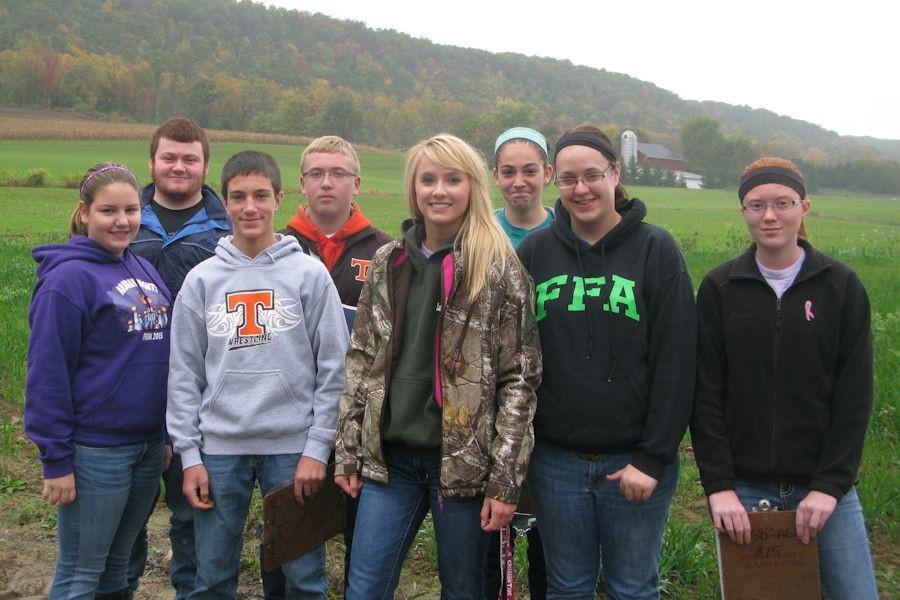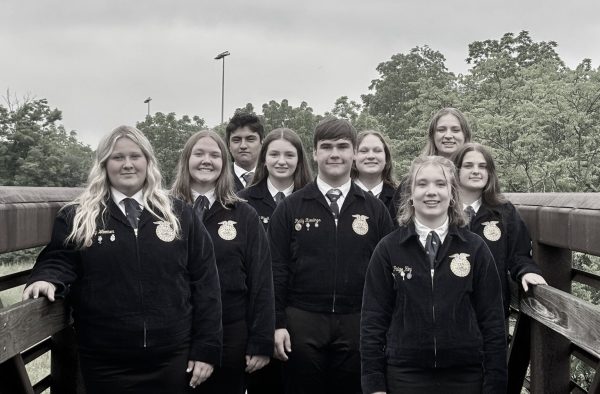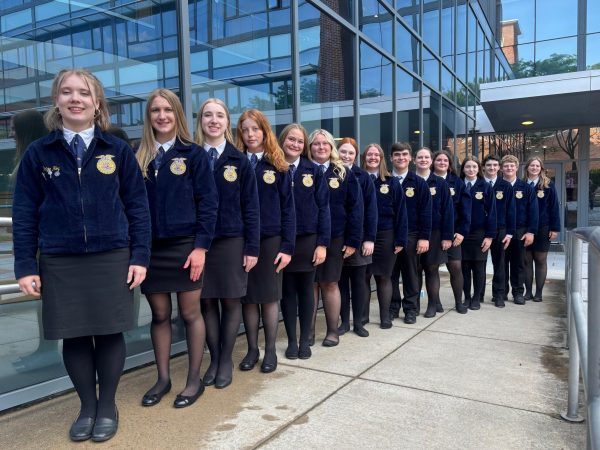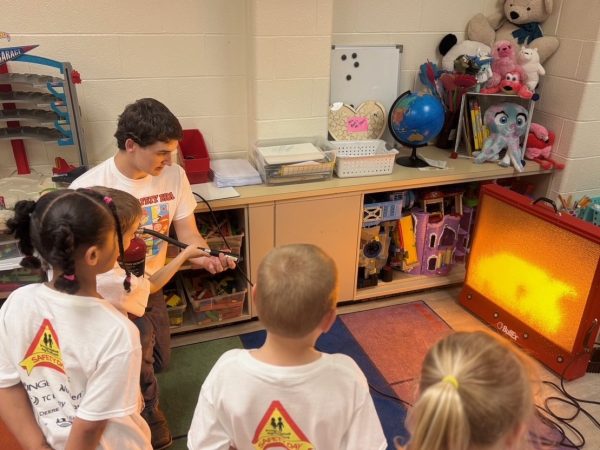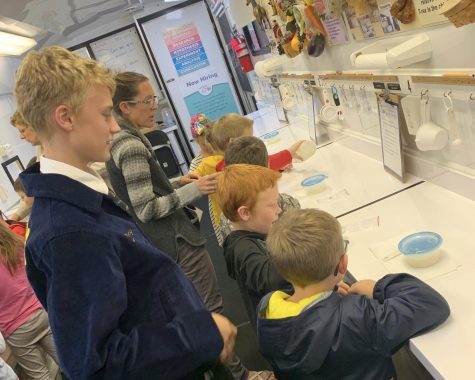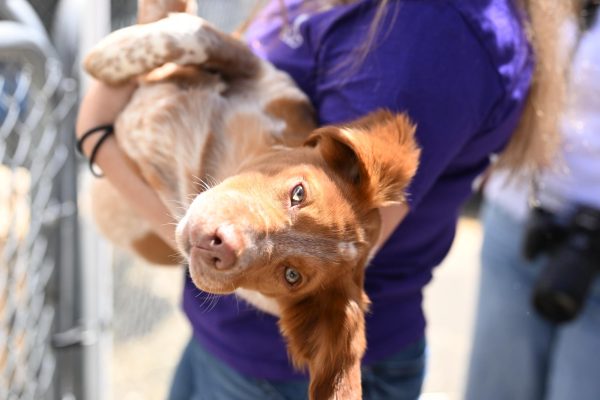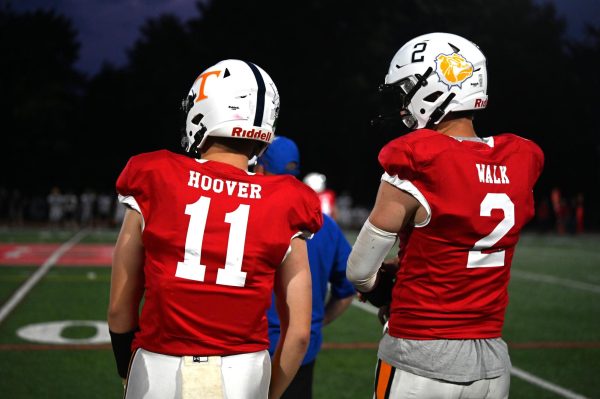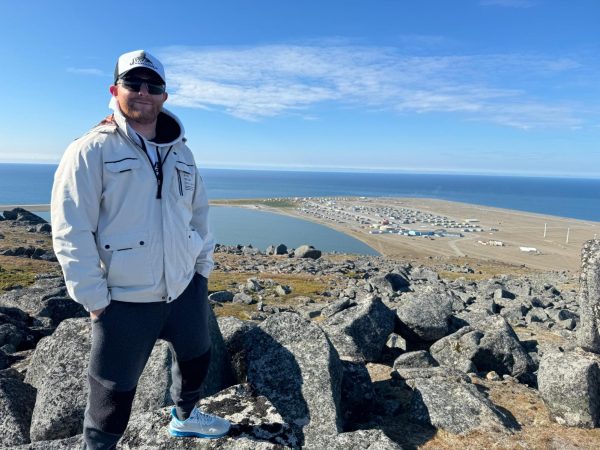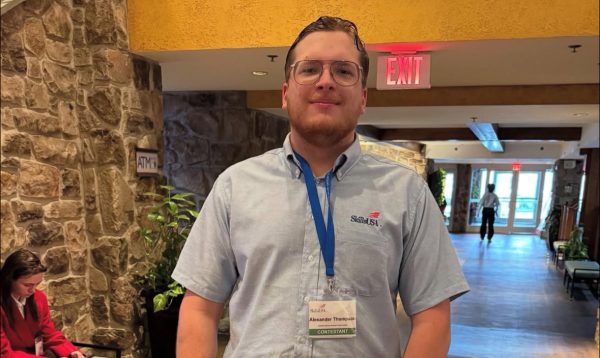Ag education students apply skills in Sinking Valley
Eight Ag students represented the Tyrone Area at the Blair County Conservation Land Judging Contest on Tuesday, October 13th.
Michael Cherry, Daniel Peterson, Baylee DelBaggio, Hunter Reese, Sierra Robison, Carly Crofcheck, Skyler Thompson, Katrina Hagenbuch, and advisor, Tiffany Hoy traveled to Hoover’s Dairy Farm in Sinking Valley. Other schools present were Bellwood-Antis, Central Mountain, and Williamsburg.
“This was a challenge for our program since we just started soils in the Natural Resources and Ecology course and this was the first time we had participants in the event since I started at the school,” said Ag advisor Tiffany Hoy, “any activity such as this one will help students apply what we are learning in the classroom and our hope is to learn from our experience and come back even stronger next year.”
What is soil judging? A pit is dug and the judgers enter the pit. They are told the horizons of the pit (horizons are different layers in the profile). There are several types and each has their own characteristics. The judgers determine where they are and fully describe each one. Type, color, depth, consistence, clay percentage, shape, structure, grade of structure and redoximorphic features are recorded on a score card.
Soil judgers test their skills against students from other schools, from there if they qualify at regionals, they compete at nationals. Each judger has one hour to complete the score card. The time is broken up as such: 10 minutes in the pit, 10 out of the pit, 10 in, 10 out, 20 free for all. While one set of contestants is in, the others are out; you can tell it pays best to be the first in the pit.
Ag student Carly Crofcheck was surprised that when she started to study for soil judging that there were so many things to consider before using the land. “When you look in a soil pit you need to look at the measurements of soil layers, drainage, etc. Then you need to look at the many factors impacting the soil and potential uses for the land,” said Crofcheck.
Baylee DelBaggio thought the Clinometer was great and this was the first opportunity she had to use one in determining slope.
“Last week in class, we learned to determine slope by using the slope formula and Mrs. Hoy had us calculate the slope percentage by hand, which is a great lesson; but the clinometer makes is much easier and there is no calculating,” said DelBaggio.
Upon completing the four soil pits, the participants were treated to a tour of Hoover’s Dairy Farm new automatic (robotic) milking system, the Austronaut A4, made my Lely, installed this summer. Hoovers is one of only two farms to have one in the Blair County area.
“It was nice to be able to see the system and speak with Mrs. Hoover on how it has improved the production aspect at the farm,” said Ag student Michael Cherry.
Katrina Hagenbuch added, “I also found out it is not just the machine that has had a positive impact on production, but the water beds for the cows, ventilation system, and overall time the animals are off their feet plays a major roll into the increased yields. It’s amazing how technology can positively affect the agriculture world.”
The students then had the opportunity to walk the Albemarle Nature Trail in Tyrone. There students discussed some types of soils, trees, plants and living organisms found.
“The entire day was a fun and we get to bond as a team and learned at the same time,” said Ag student Skyler Thompson.
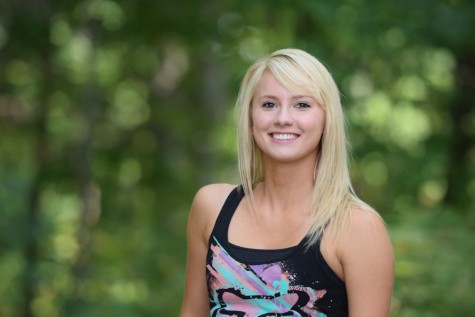
My name's Carly Crofcheck. I've been in the Tyrone Eagle Eye for four years and I'm a Senior at TAHS. Last year I was the Editor in Chief, this year...



